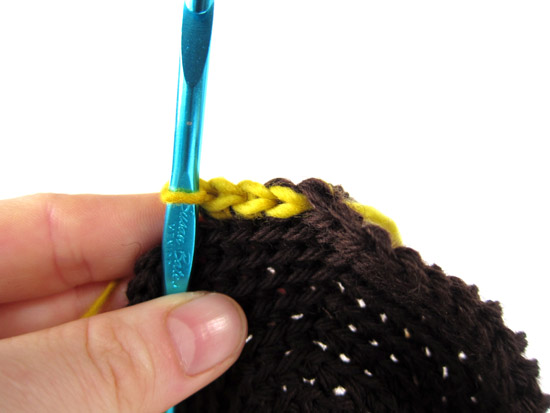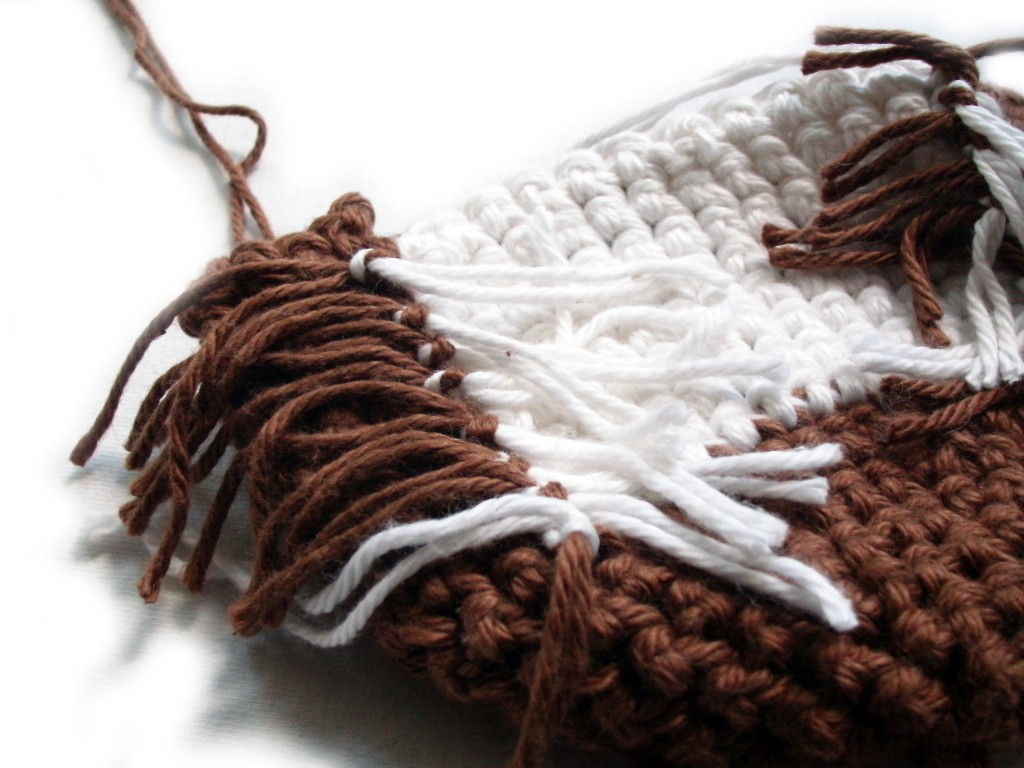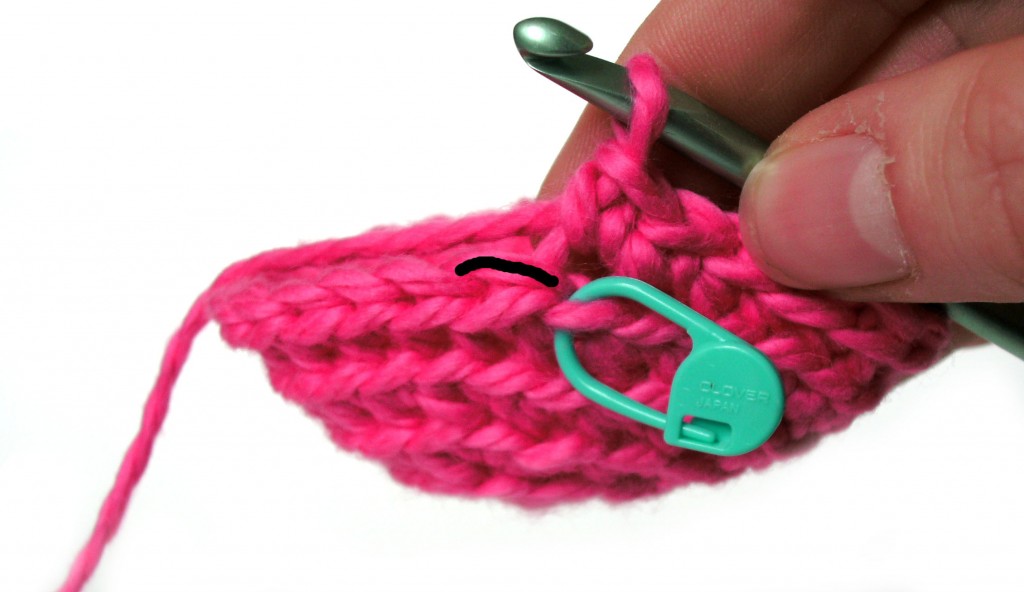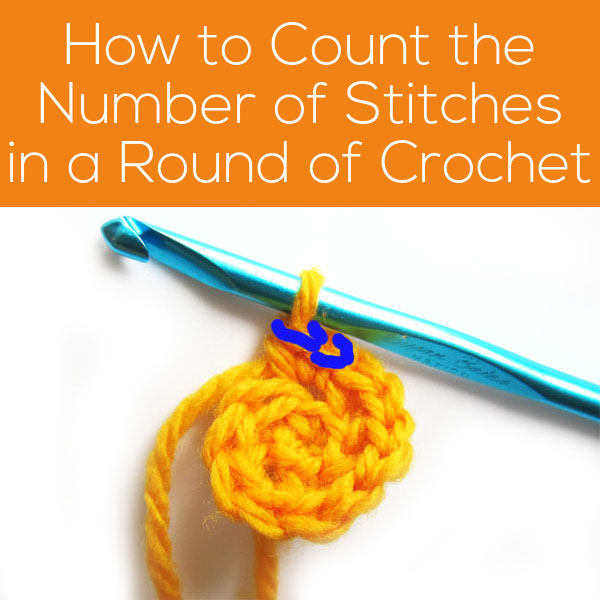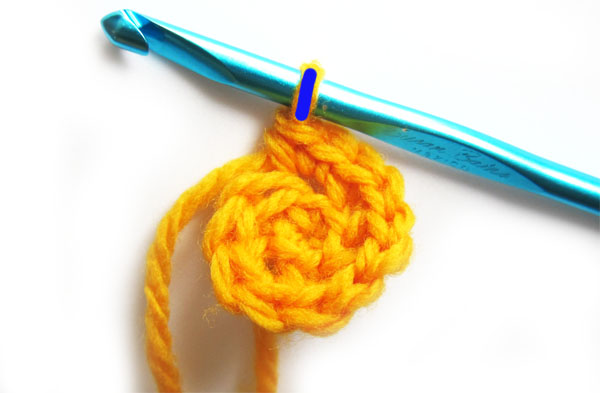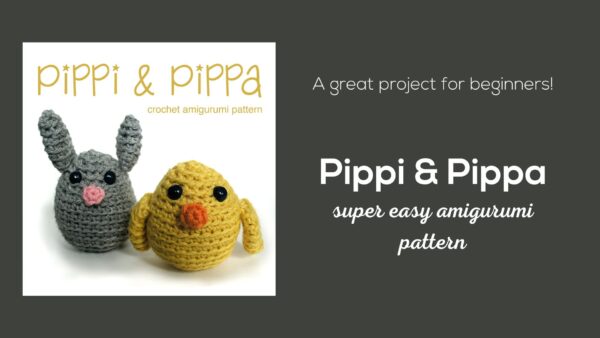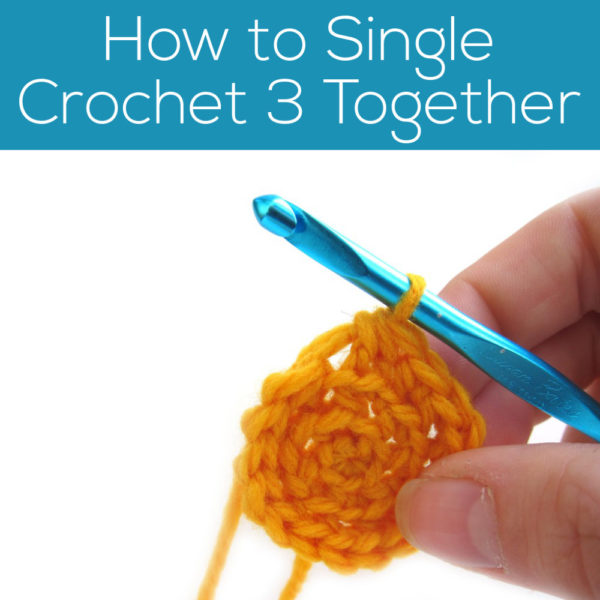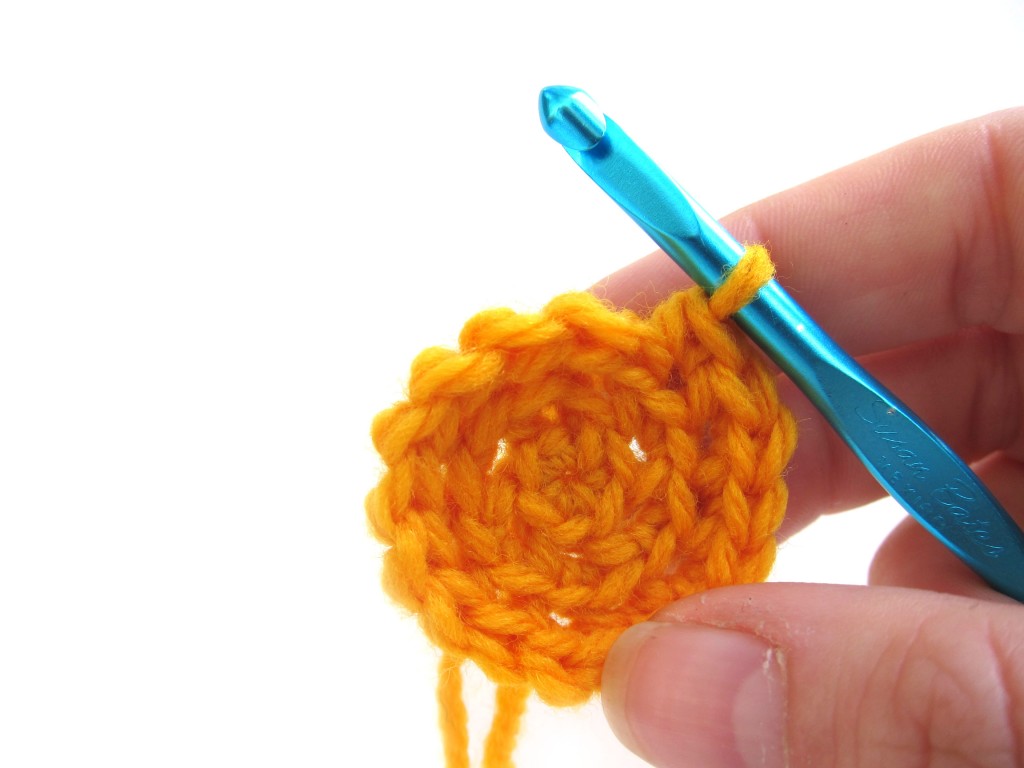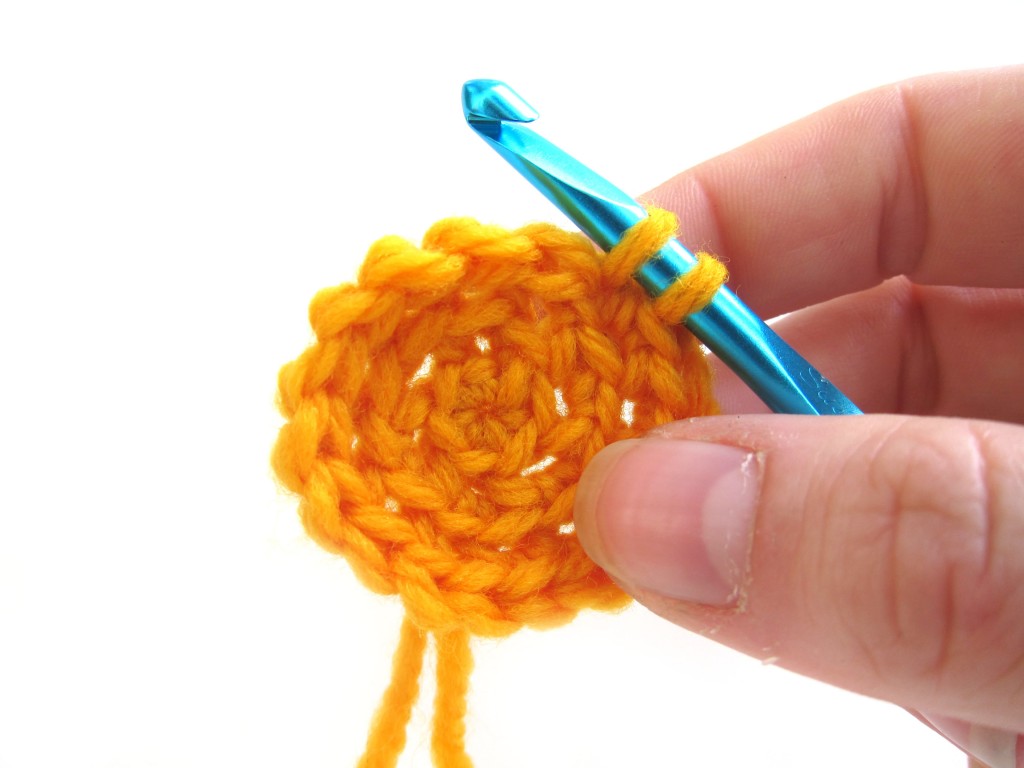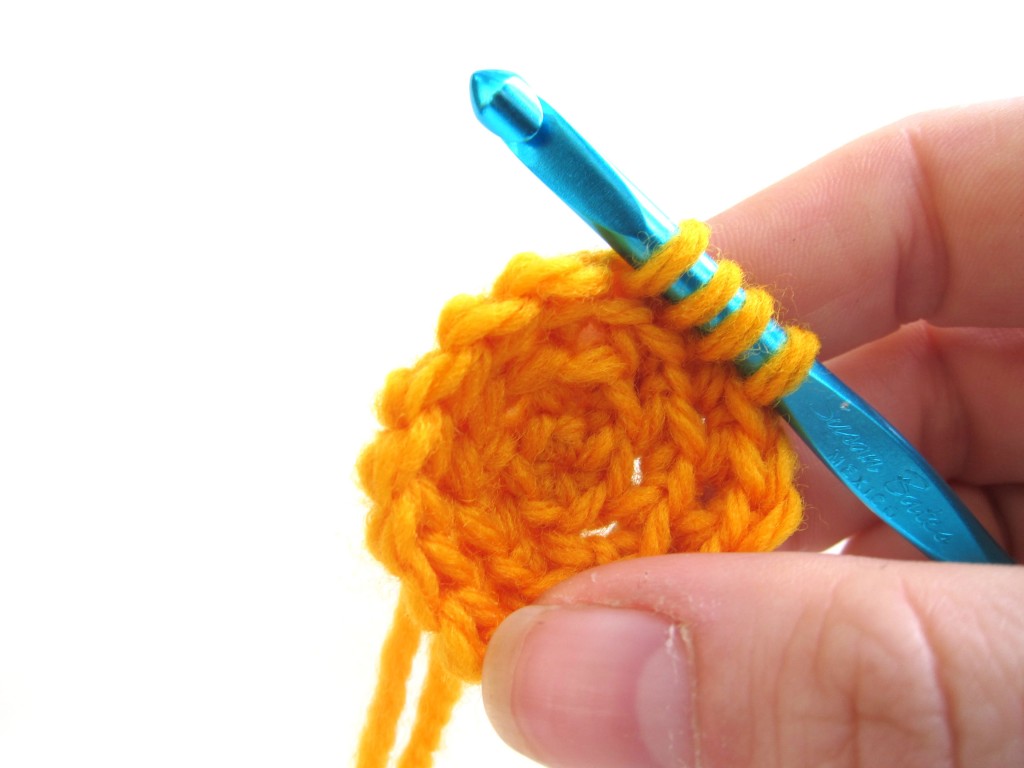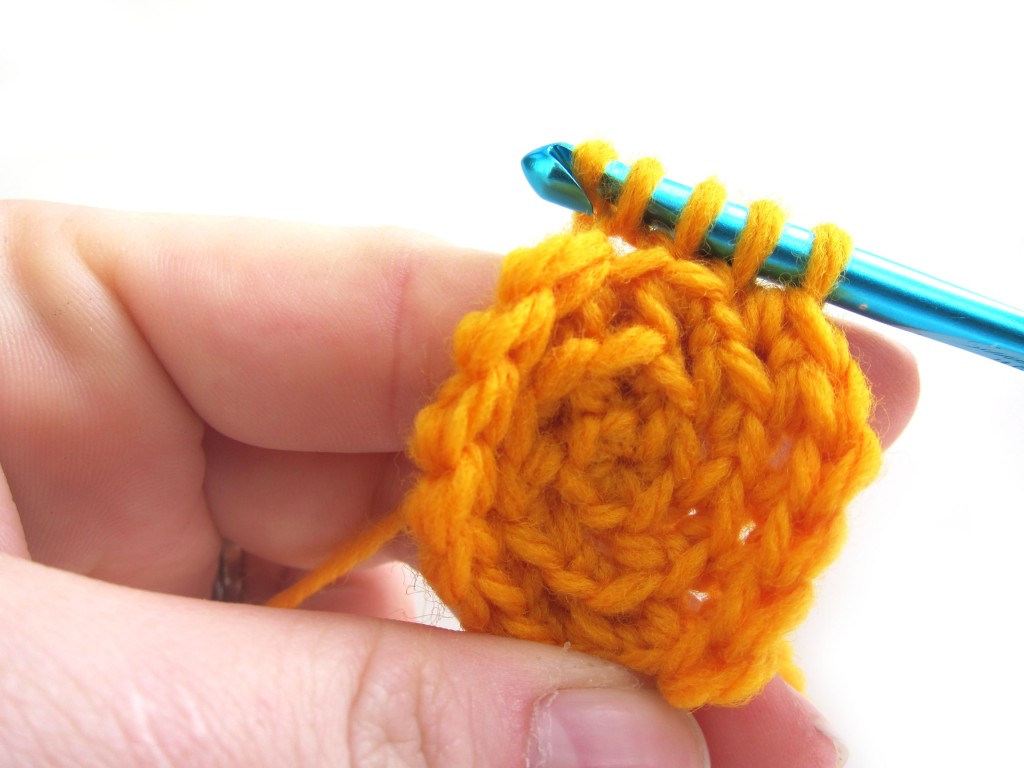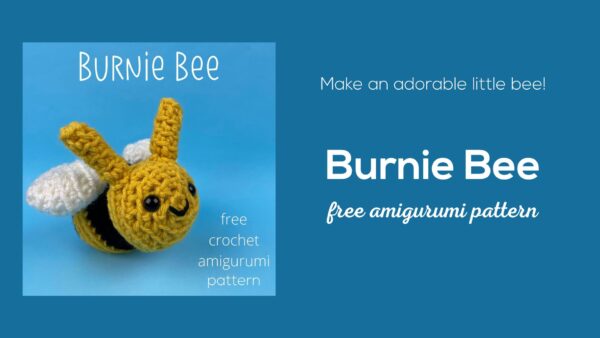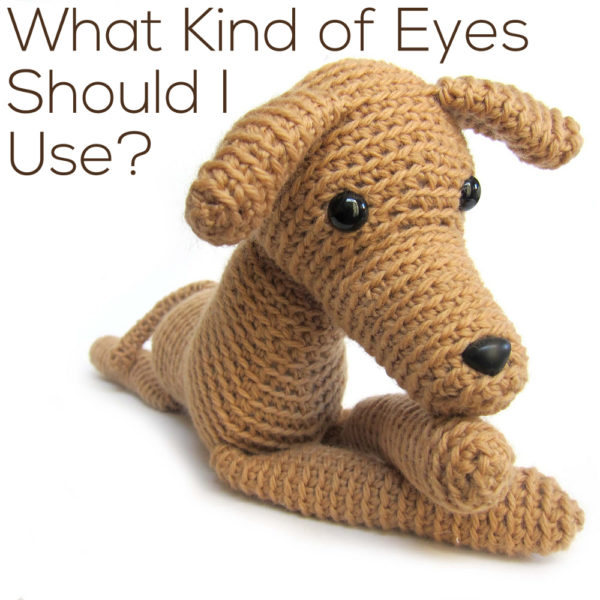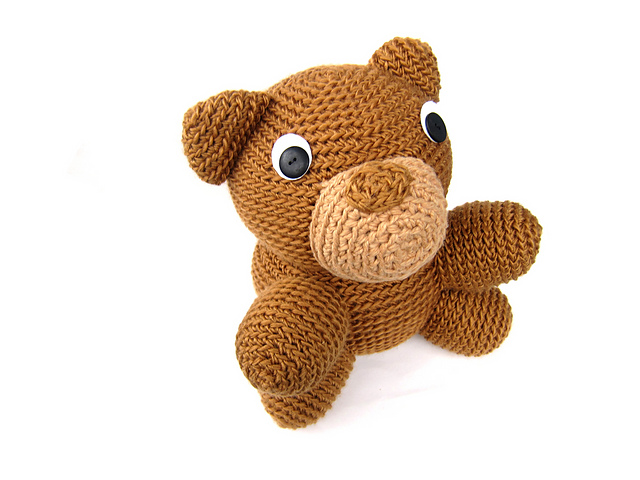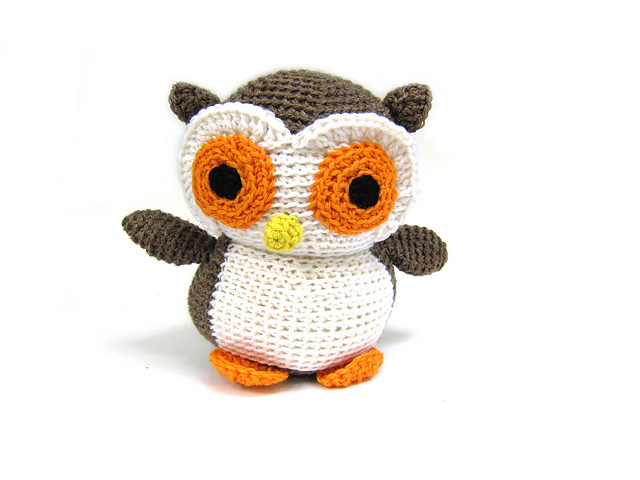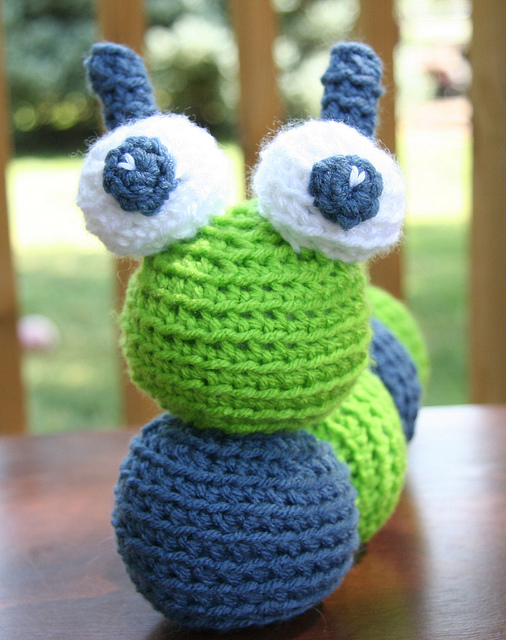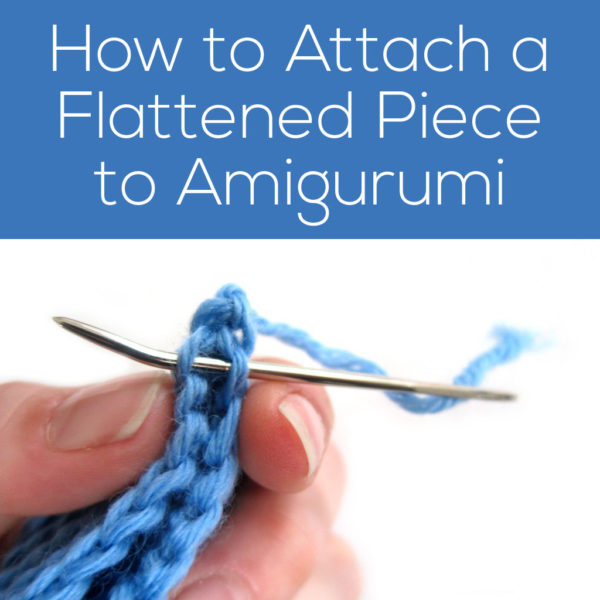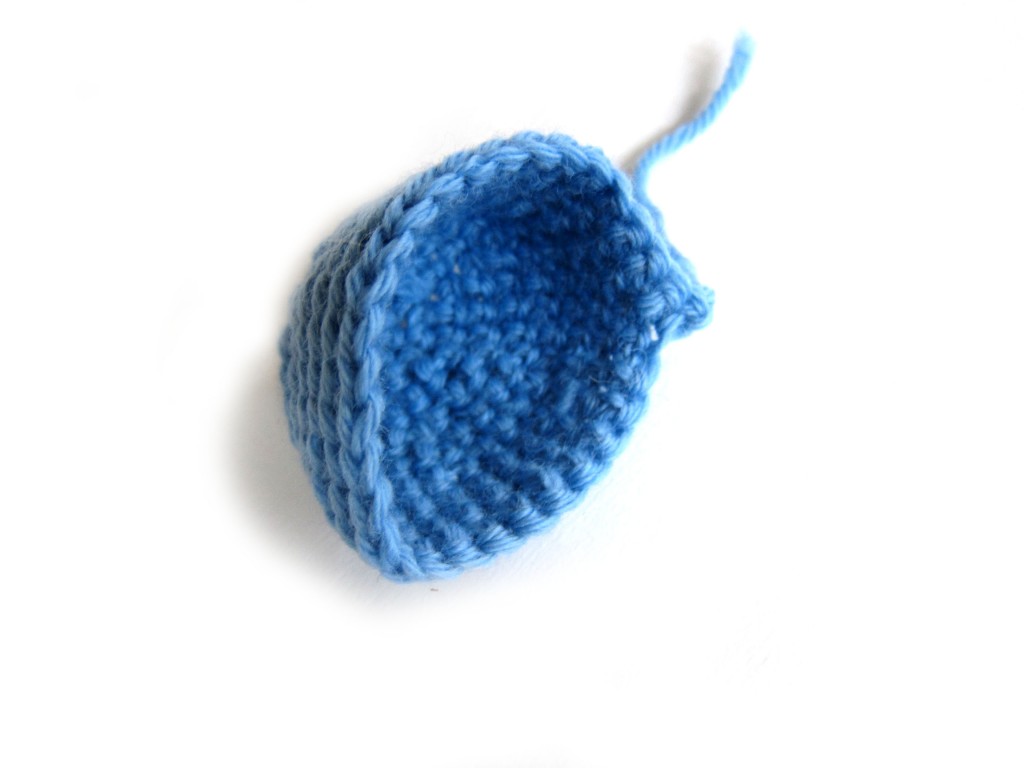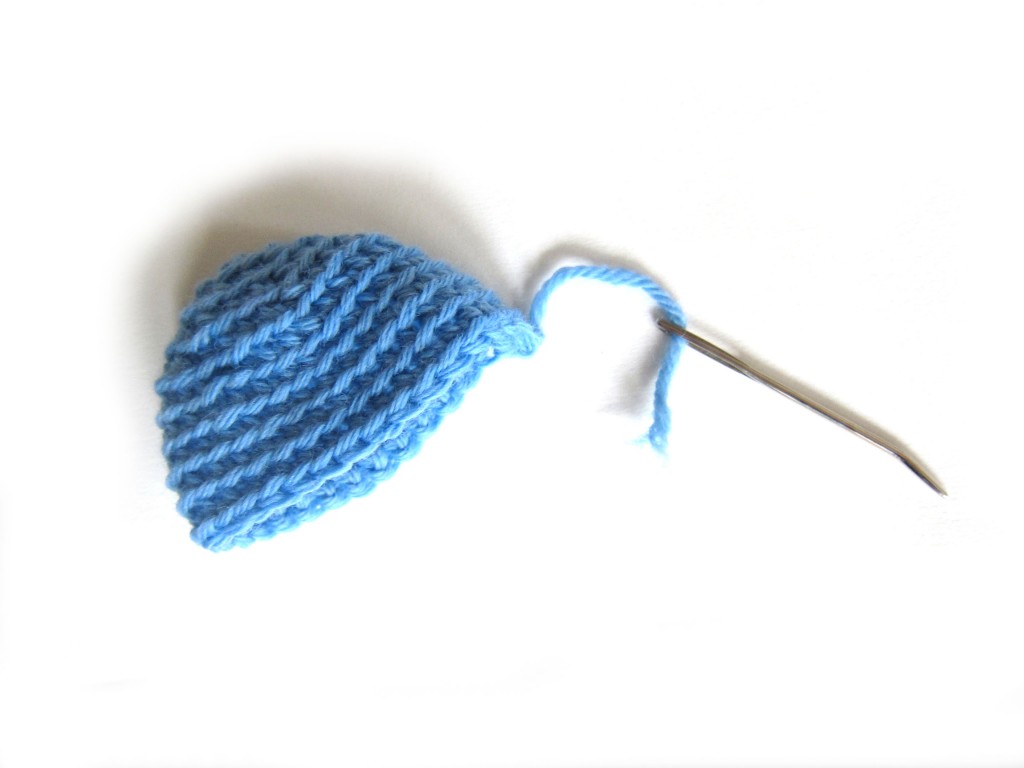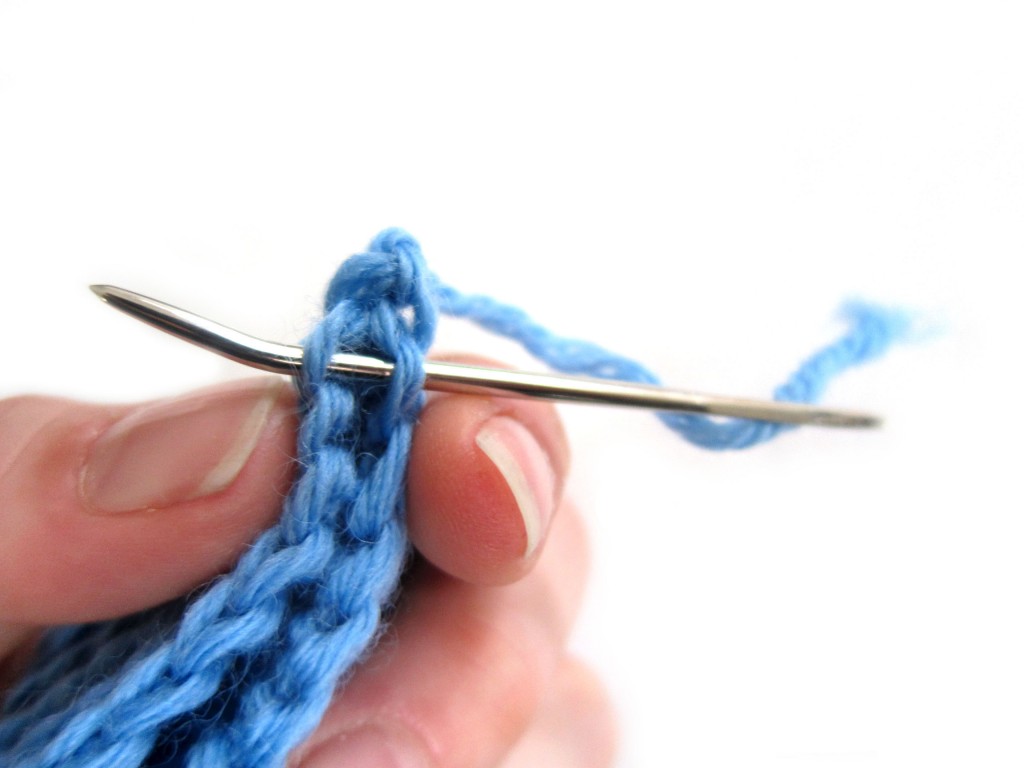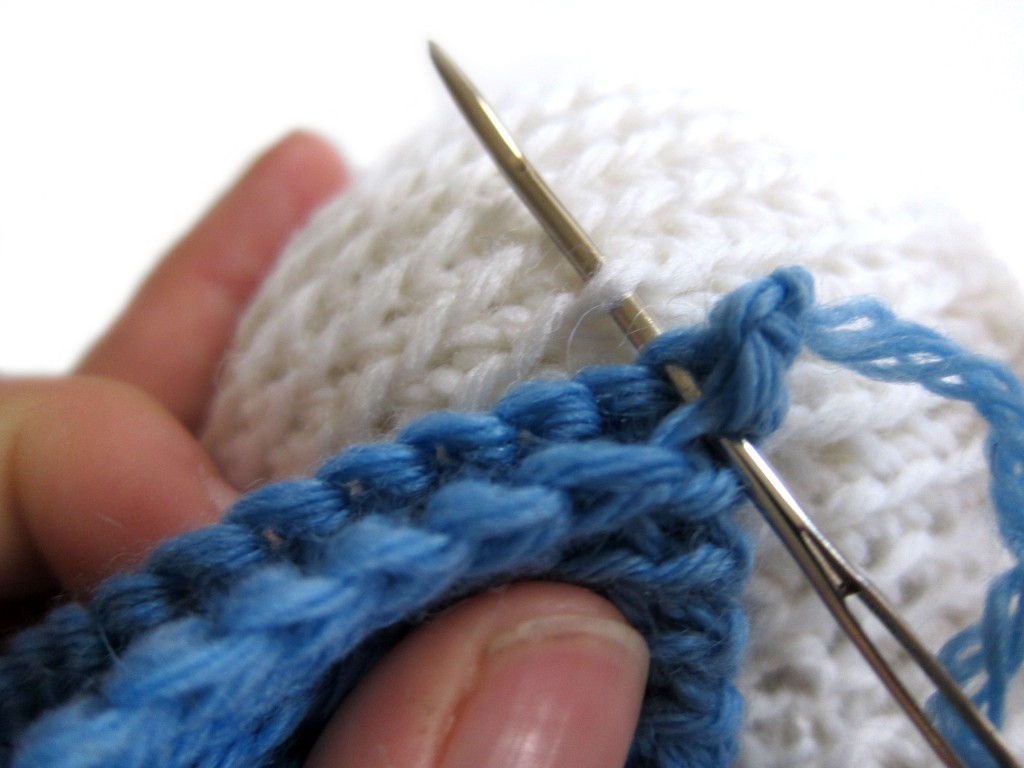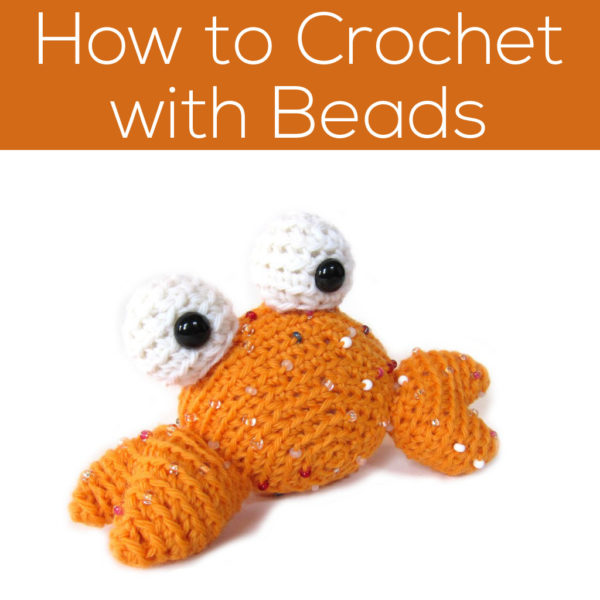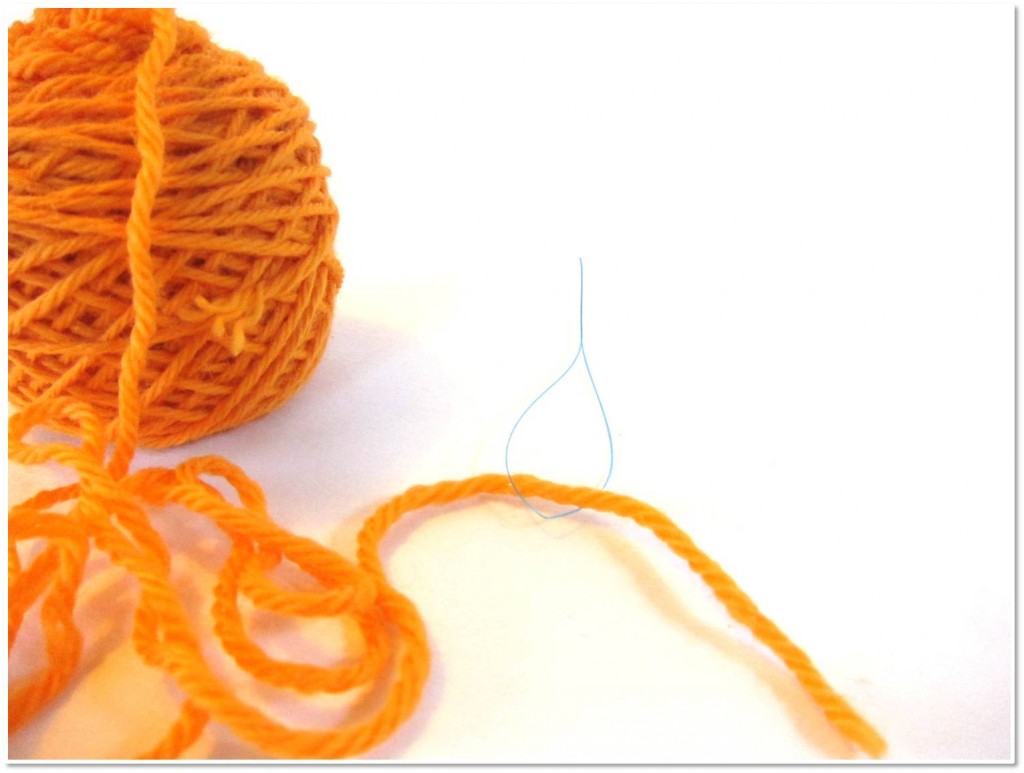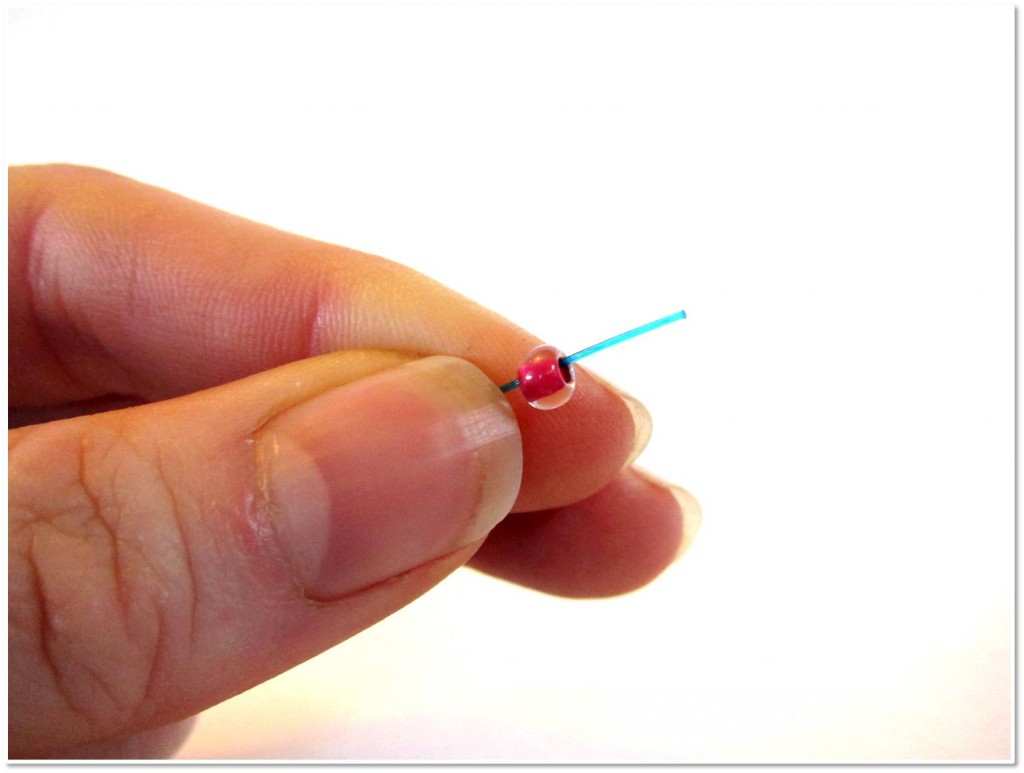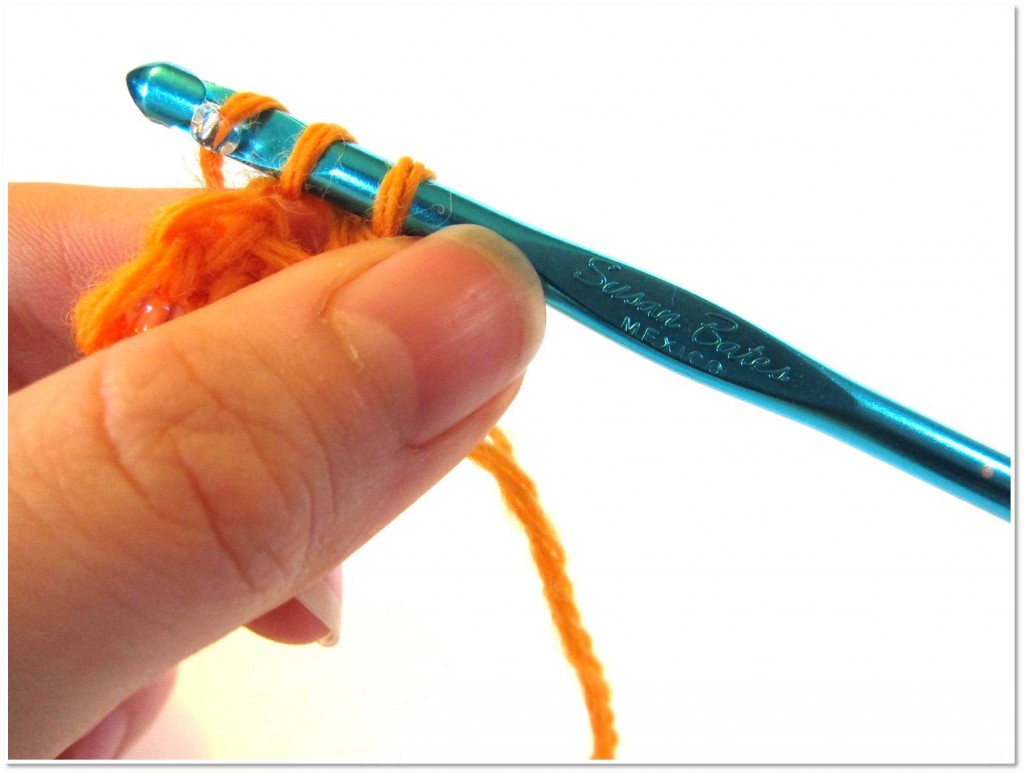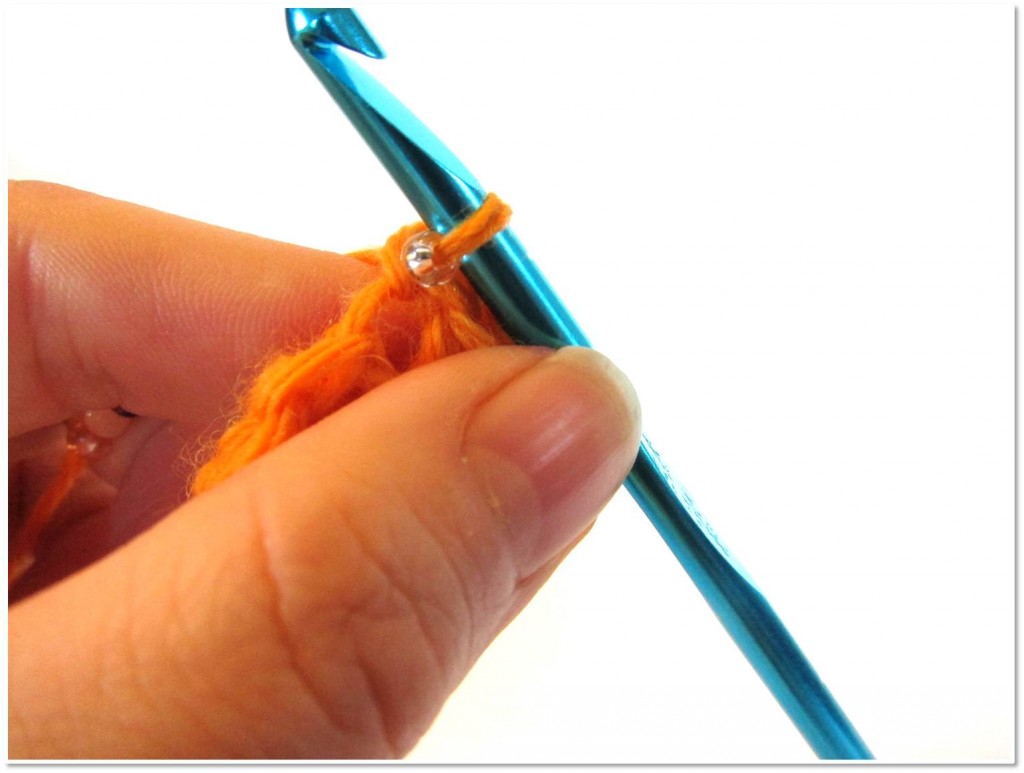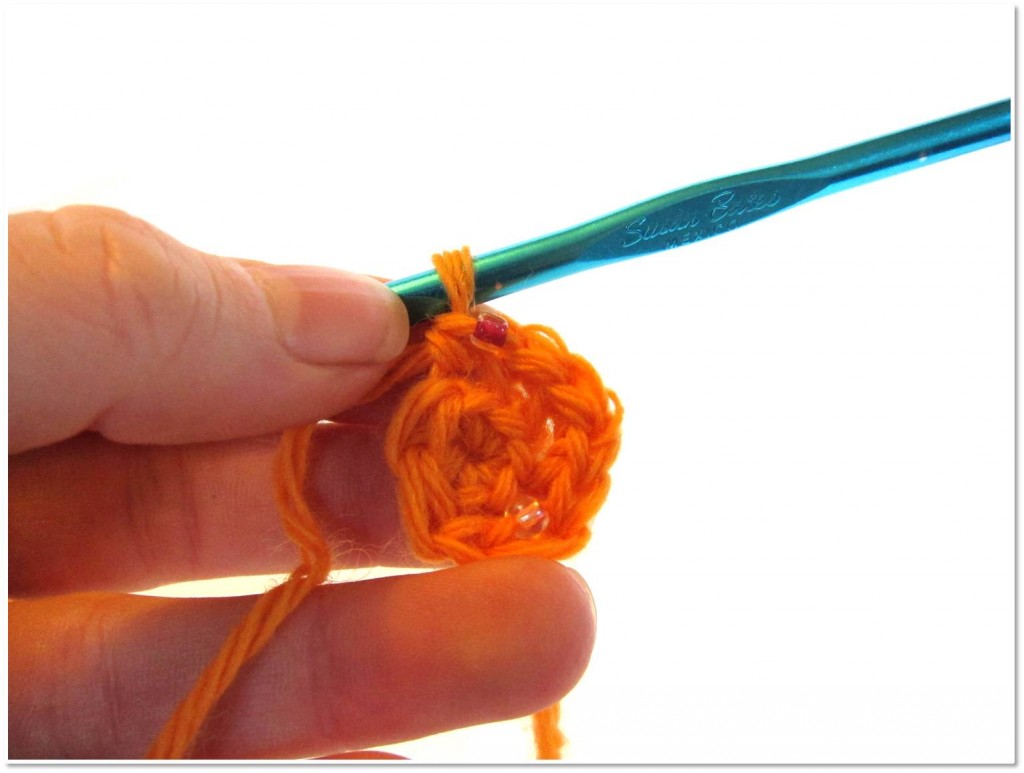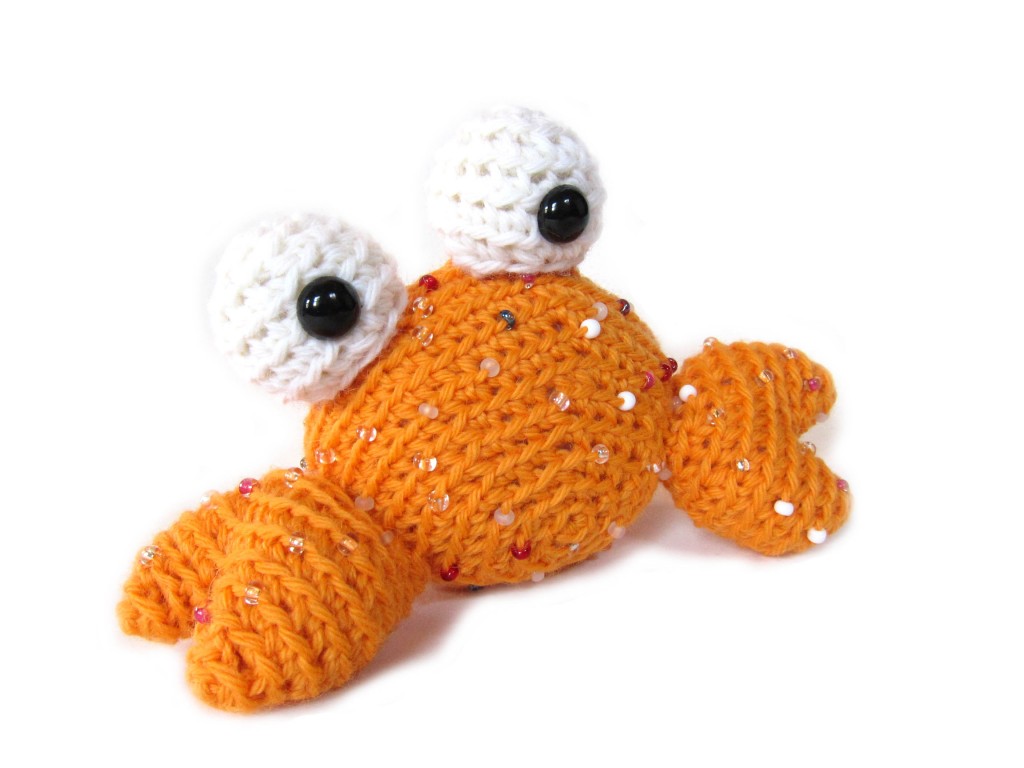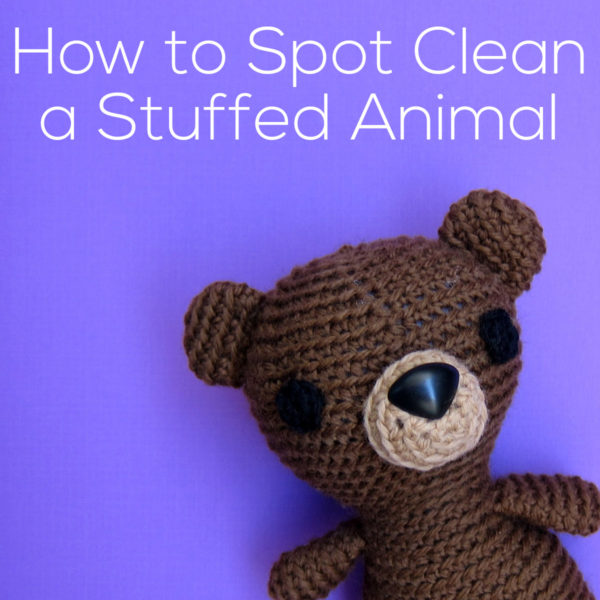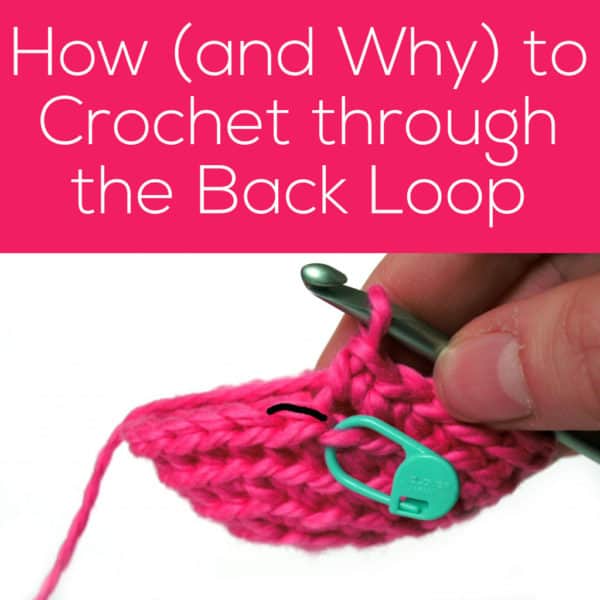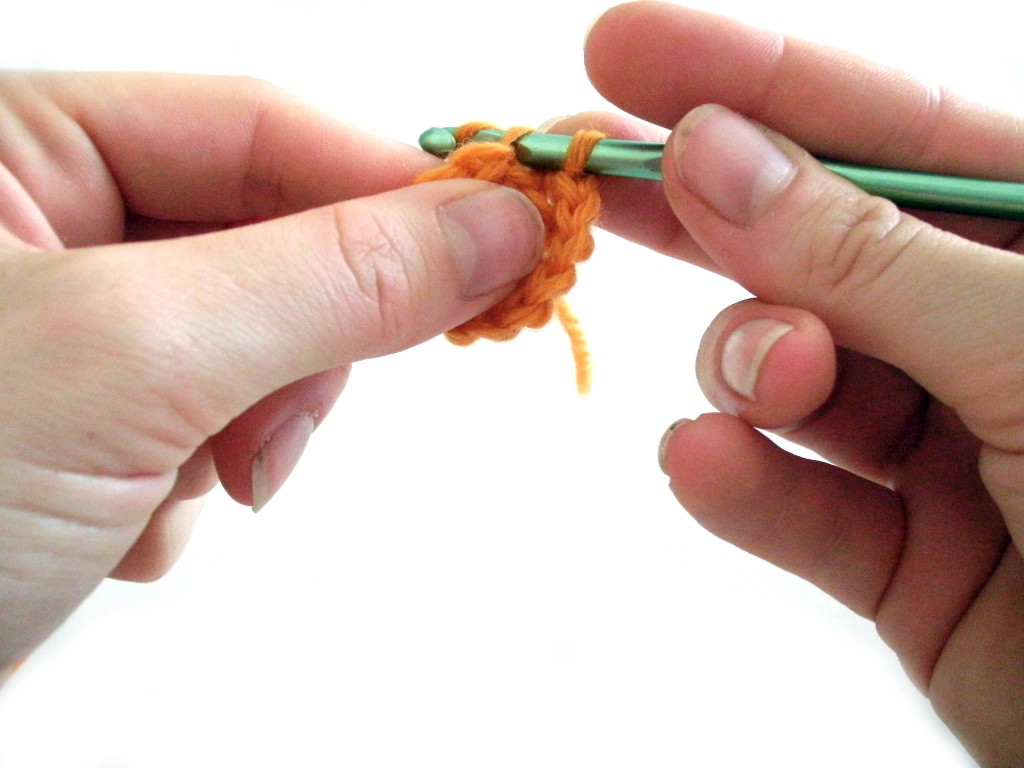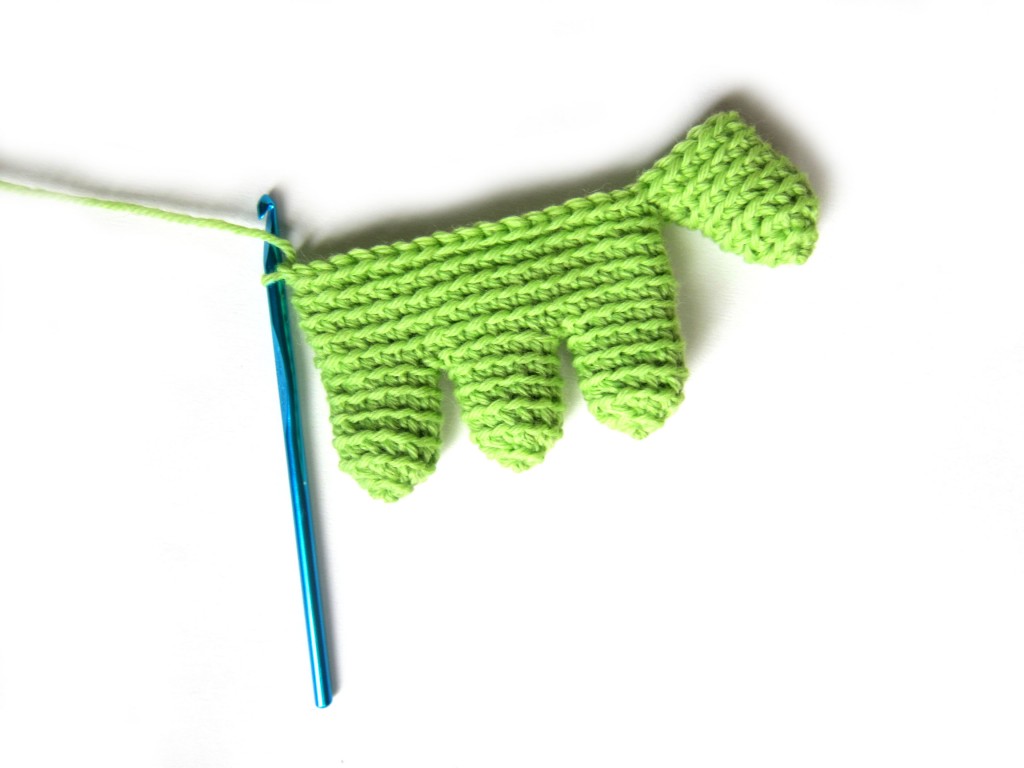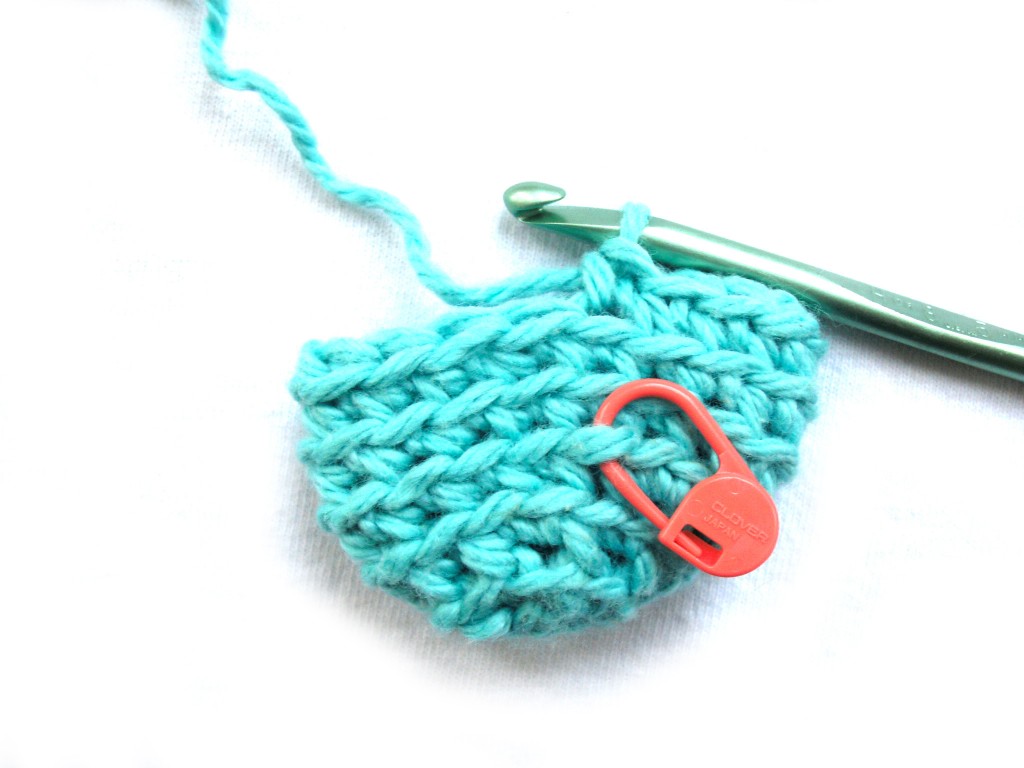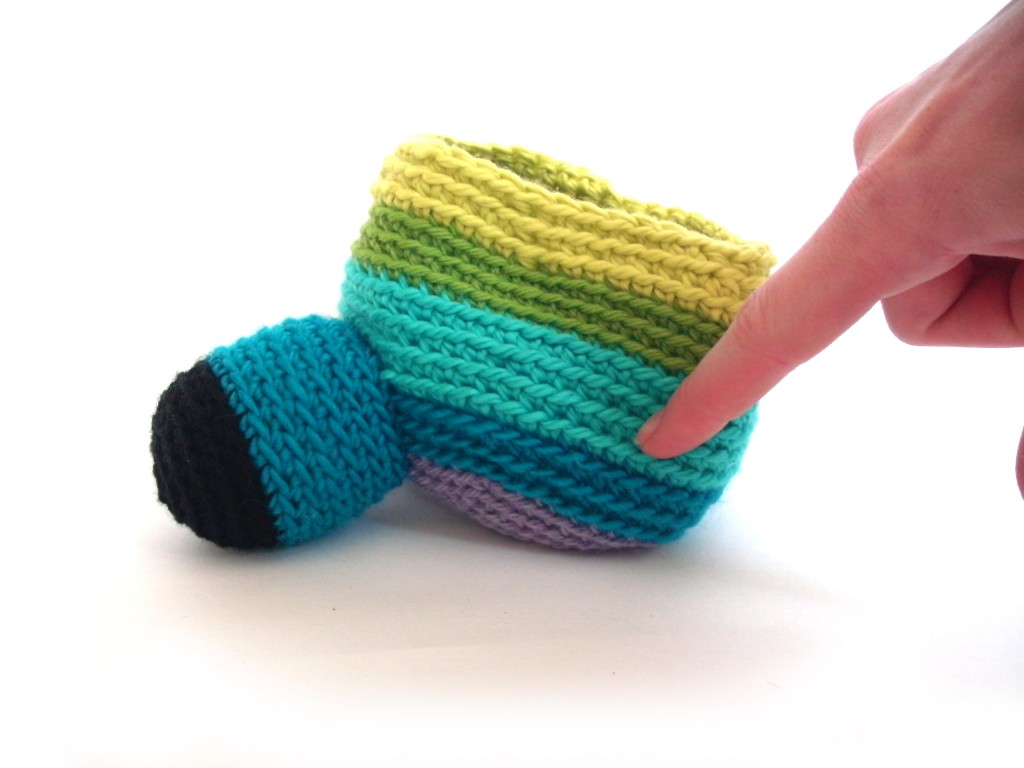It makes me so happy that many crocheters use my designs as a way of making an income for themselves… by selling the finished items! (Yup, it’s allowed! Read here)
I’ve asked Michaela, the woman behind Crochet City KC on Etsy to share some of tips for selling crocheted items.
Hopefully, these tips will help you avoid some common problem spots and sell with success!
And a huge thanks to Michaela for taking the time to write this guest post!
1: Get Payment up front for Custom Orders
When I first started crocheting I was very lax in requiring payment for my creations. Since then, I have revised my policy to require payment up front on orders, as I had a few bad experiences of not receiving payment for my work.
Here’s an example: I took an order for a very large project that took me about 6 months and a large amount of yarn. And although I had quoted the person a price at the beginning of the project, because this person was a coworker, I didn’t feel comfortable asking for money up front. When the project was finished, the customer claimed I had quoted a lower price, and I felt like I needed to take it because there was nothing in writing and the work was already done.

Looking back, I realize how silly I was for not standing up for myself and its definitely one of the experiences I look back on most and think to myself… wow I’ve come a long way! Trust me, you want to receive the money up front for your hard work!
2: Always Communicate!
I can’t express enough how important communicating with your customers is, if you think something isn’t turning out quite right, you aren’t sure about exactly what a customer wants or if you are behind on an order communicating from the beginning is so much easier then dodging them and then having an upset customer in the end.
For example, one time, I received an order for a blue octopus. But what blue? Royal blue? Light blue? Green blue? or who knows what kind! Instead of guessing, I took my phone to the store and sent photos of the various blue yarns available. I sent picture after picture until we found the right one, and I’m so glad I did. The little boy who received the octopus sleeps with it every night and it matches his bed room perfectly, which would have never happened if I hadn’t taken the time to clarify the customer’s desires.
3: Be Honest about Your Abilities/Time
Sometimes, a request may be out of your crochet comfort zone or just may take too much time for you to complete. Earlier this year a customer came to me asking if i could re-create a very complicated monster from a TV show and after looking at all the detail and weighing the time it would take, I decided to turn down the customer.
It may sound bad to turn down an order, but it’s actually much better than getting in over your head and being unable to deliver. It’s in everyone’s best interest to just be honest about what is in your comfort zone.
4: Keep Accurate Records
In my experience, customers often change their minds or “forget” certain aspects of your original discussion. If there’s no record of the original discussion, this can lead to disappointment!
I do a lot of orders through Etsy and Facebook (which automatically leave a written record), but there are often times I take orders in person. If I take an order in person I write out the details of what they what and have the person look over each detail and sign off on it – that way they are acknowledging it and I have proof later in case they decide they want something different.
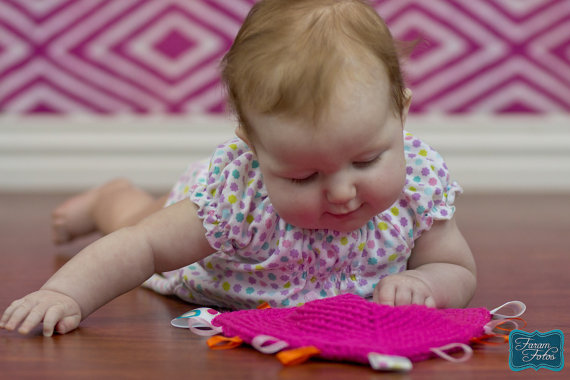
Last year I had a customer ask why the item they ordered had blue eyes when they asked for green. I was able to send them a copy of their original message to me where it stated exactly what they asked for. Needless to say they were happy about their blue eyes after that!
5: Put Yourself out There!
I am a very shy person when it comes to meeting people and socializing, so this advice is a little weird coming from me. One of the biggest favors you can do for yourself if you are trying to sell crocheted item is to put yourself out there. No one will know about you unless you tell people!
Maybe your version of telling is maybe just carrying around your crocheting in public and having a business card on hand for when that person who asks “What are you making?” You can easily tell them and then point them in the direction of where they can see more of your work!
Just try one little act of putting the word out about what you do and chances are it will go a long way. I’m not the most active facebooker/etsy seller/tweeter in the world but I still manage to keep pretty busy with orders by just putting it a tiny bit of effort every so often!
Thanks, Michaela!
